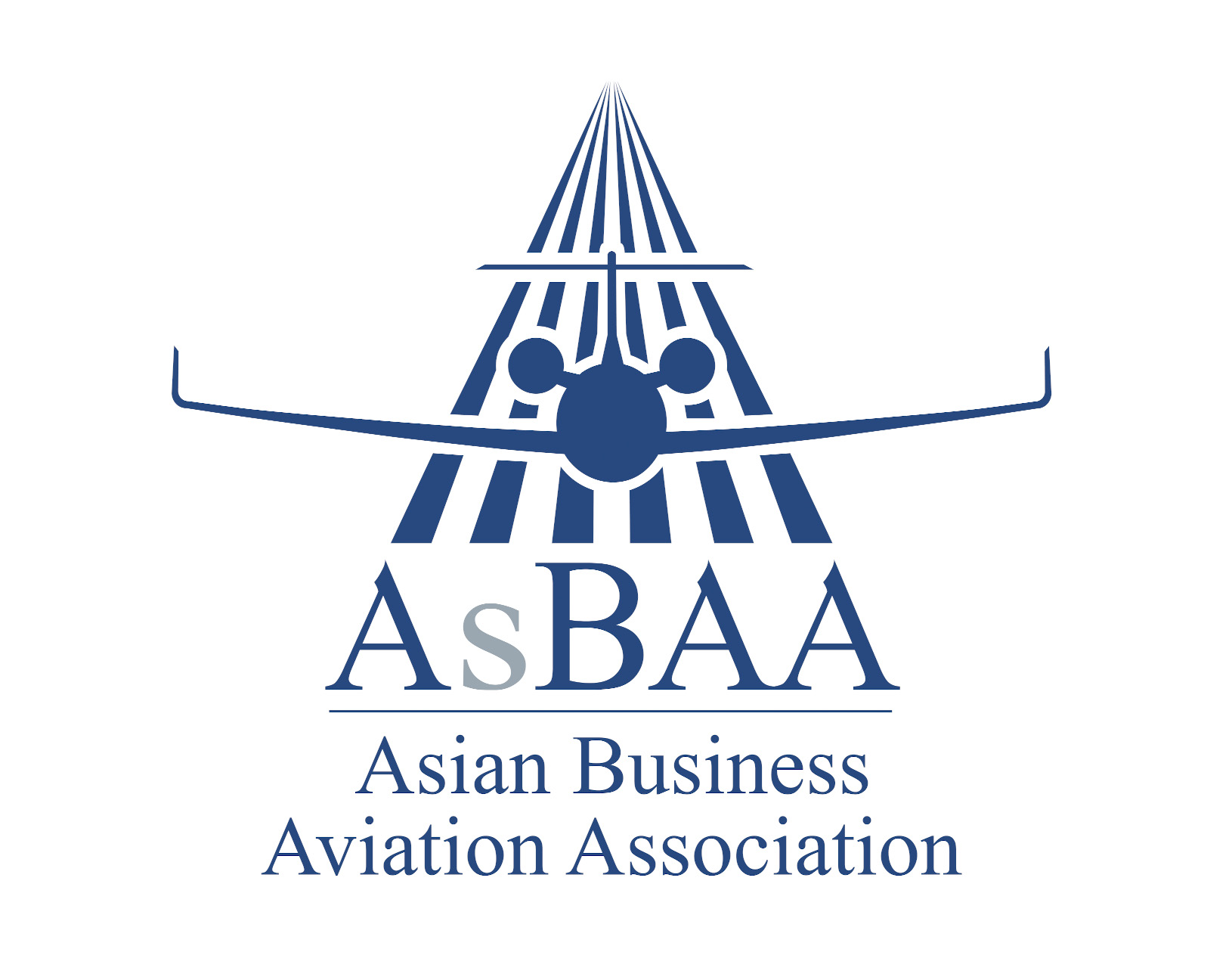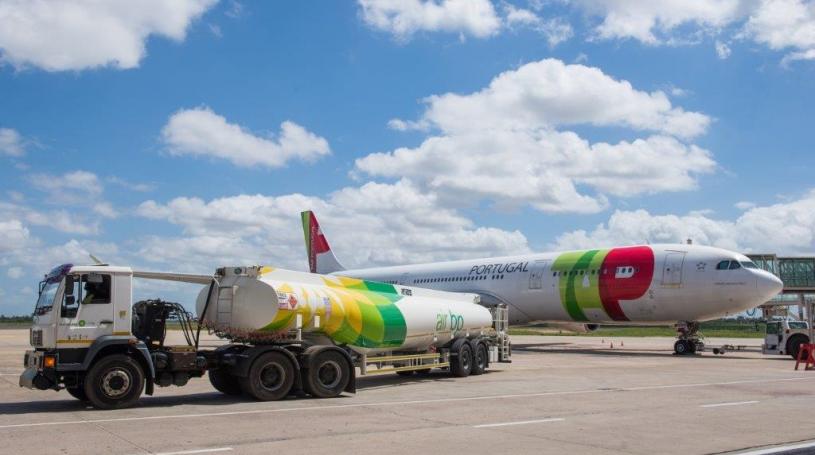Sustainability Update: Can aviation ever be “sustainable”?
AsBAA sits down with Samantha Webb, Air BP global offer development manager to discuss SAF, environmental safety, and what members of the supply chain can do to reduce carbon emissions.
1. What is SAF in less than 100 words?
SAF stands for sustainable aviation fuel. SAF is safe to use. It’s produced from sustainable, recyclable or renewable feedstocks. It is supplied to aircraft as a blend with traditional jet fuel, and once blended meets the Jet A-1 specification in full. Using SAF results in a reduction of CO2 emissions of up to 80% compared to traditionally refined jet fuel over its lifecycle. Air BP’s SAF is currently made from used cooking oil and other waste or residue oils.
2. Can aviation ever be “sustainable”?
Aviation is one of the hardest industries to decarbonise, however, airlines, companies across the supply chain, governments and industry bodies are taking action on a number of fronts to cut industry carbon emissions and reduce the environmental impact of flying.
For example, aircraft manufacturers are constantly innovating with more efficient aircraft. As a result, we are already seeing engines that are lighter and more efficient, which means they burn less fuel. Globally, several industry wide emissions reduction schemes have been launched, one of the largest being the Carbon Offsetting Scheme for International Aviation (CORSIA). It is forecast that CORSIA will mitigate around 2.5 billion tonnes of CO2 and generate over USD 40 billion in climate finance between 2021 and 2035.
At BP, we’ve been taking significant steps to help shape a lower carbon aviation industry for over a decade. To date, we’ve supplied SAF to 16 locations in six countries. In 2018, we agreed to a collaboration with Neste, one of the world’s leading renewable product producers, to develop SAF supply chains, and we’ve also invested $30 million in waste to fuels company Fulcrum BioEnergy. In 2016 we became the first aviation fuel provider to be certified carbon-neutral for into-plane fuelling services across our 250 sites globally. We’re also proud to offer our customers industry leading carbon offsetting programmes which create real benefits for local communities, from forest protection to biogas initiatives.
3. List 5 actions that every member of the supply chain can do to reduce carbon emissions
Companies across the supply chain can take a number of steps to help reduce carbon emissions and contribute towards hitting the industry’s global emissions reduction targets. What will be appropriate for an individual company will depend on the role it plays in the supply chain:
1. Understand your carbon footprint. Assess your own emissions. All aspects of supply chain activities generate carbon emissions not just the consumption of jet fuel. For example, think about trucks being driven, the amount of electricity used in offices and the volume of waste generated.
2. Make a carbon reduction plan. This does not have to be extreme or expensive. Start with something small and manageable based on the resources you have available. Identify areas where you can achieve efficiencies that cut your carbon emissions.
3. Reduce your carbon footprint. Put your plan into action. For example, by training drivers to maximise fuel efficiency through changes to their driving behaviour.
4. Replace parts of operations (processes, products or services) for which lower carbon alternatives can be sourced. For example, switch to more efficient fuels and use low viscosity oils. When the time comes to renew a vehicle, changing to a more efficient combustion, hybrid or electric vehicle can significantly reduce carbon emissions.
5. Offset your emissions. Companies can offset their carbon emissions by purchasing and retiring high quality, certified carbon credits. Air BP can help customers to do this via BP Target Neutral. As a member of ICROA, BP Target Neutral commits to only source carbon credits from projects that are registered, validated and verified.
4. What role do you see IBAC members associations, including AsBAA playing in the move toward a more sustainable industry?
Industry associations like AsBAA have an important role to play in helping move the industry forward. It is important that AsBAA continues to be a sustainability advocate. It will take the effort of everyone across the aviation industry to meet global emissions reductions targets. We encourage IBAC members to reach out to Air BP to learn about SAF product availability.
5. When you hear concerns about the safety of SAF, what advice can you offer?
SAF is safe, compliant and thoroughly tested. Any aircraft certified for using the current specification of jet fuel is able to use SAF. It can be blended at up to 50% with traditional jet fuel, all quality tests are completed as per a regular jet fuel, and the blend is certified as Jet A or Jet A-1. Once blended, SAF has the same characteristics as traditional jet fuel. It can be handled in exactly the same way as regular jet fuel, so no changes are required in the fuelling infrastructure or for aircraft.
6. If members want to learn more, where can they access information?
Visit www.airbp.com/lowcarbon for more information on Air BP’s low carbon offers. We also would like to remind Sterling cardholders that they can use their Air BP Sterling Card at hundreds of our locations worldwide.

